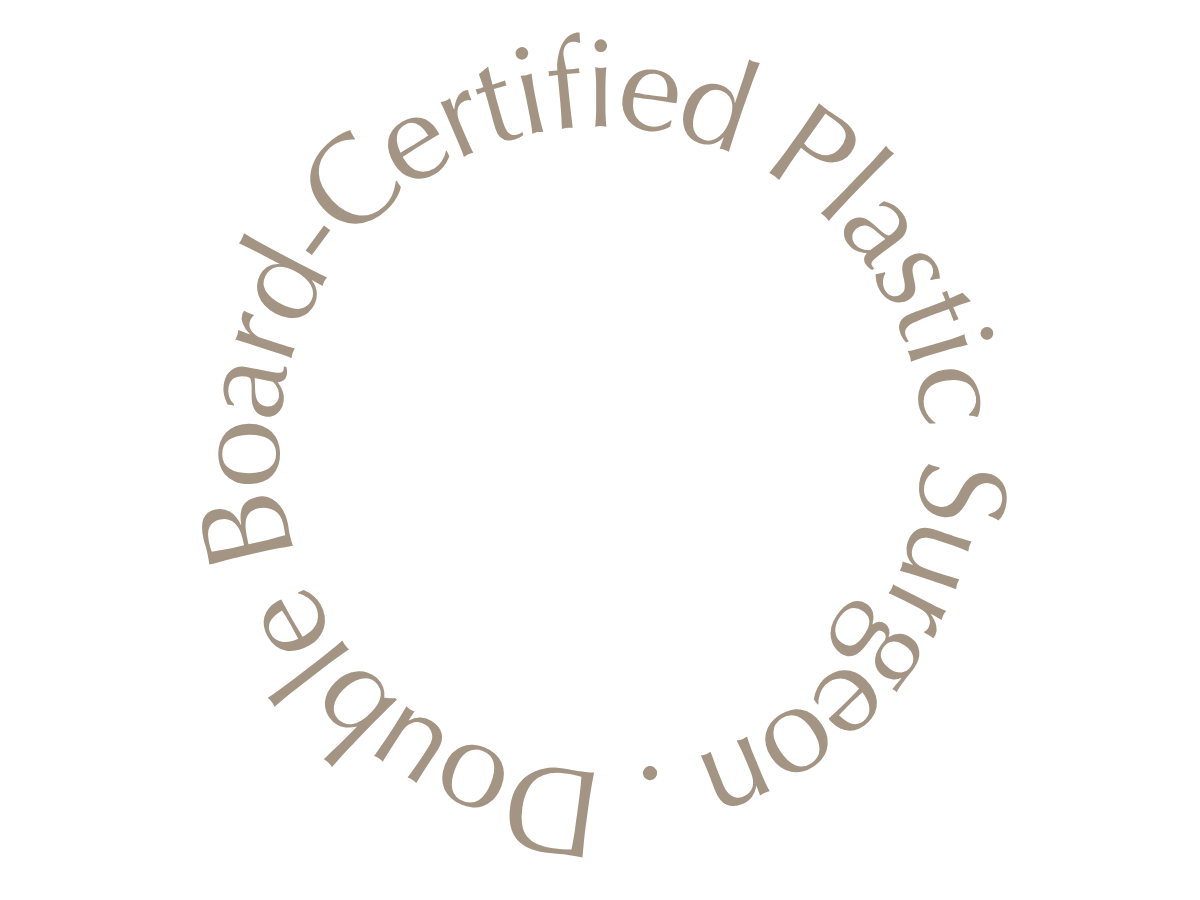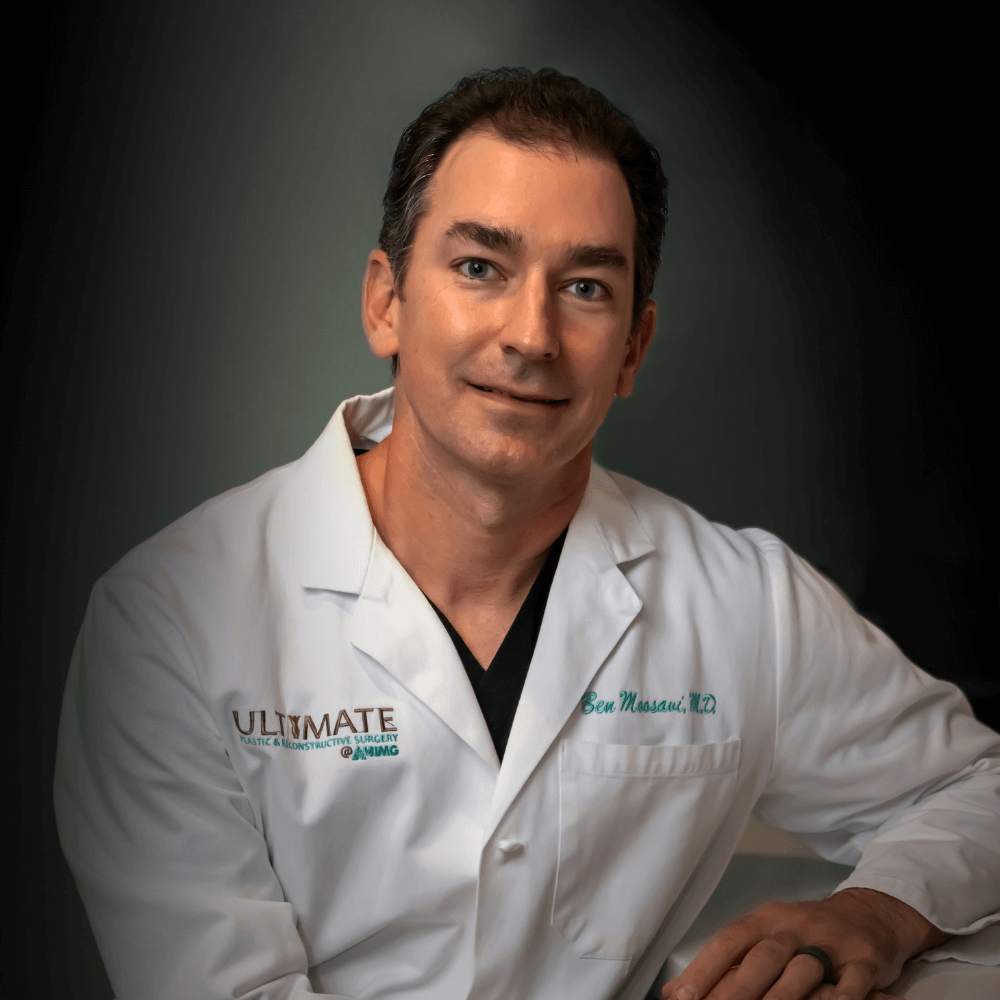Natural, Lasting Beauty.
Two Techniques
One Shared Goal.
SMAS vs. Deep Plane Facelift
Elevated Techniques. Lasting, Natural Results
When it comes to facial rejuvenation, the technique behind the facelift matters as much as the surgeon performing it. Two of the most advanced and widely respected approaches—SMAS and Deep Plane facelifts—offer transformative outcomes by addressing the deeper layers of the face. At ULTIMATE Plastic & Reconstructive Surgery in Huntington, WV, Dr. Ben Moosavi is skilled in both methods and will customize your surgery to fit your facial anatomy, aging pattern, and desired results
Understanding the Difference
Aging affects more than just the skin—it causes deeper structural changes to the soft tissues and ligaments that support your face. Both the SMAS (Superficial Musculoaponeurotic System) and Deep Plane facelift techniques go beneath the skin to address these changes, but they differ in depth and approach:
SMAS Facelift:
- Targets the SMAS tissue layer from ablove
- Repositions and tightens the SMAS layer for a firmer jawline and midface
- Often combined with fat removal or skin trimming
- Provides excellent results for moderate signs of aging
Deep Plane Facelift:
- Releases and repositions ligaments and SMAS layer from below
- Creates natural movement and volume in the cheeks, jawline, and nasolabial folds
- Requires a higher level of technical expertise
- Offers longer-lasting, highly natural results with less surface tension
Which Technique Is Right for You?
The decision between SMAS and Deep Plane facelift depends on:
- Your age and the extent of facial aging
- The structure and elasticity of your skin
- Whether you’re seeking subtle improvement or deeper correction
- Your preferences for longevity and recovery
Dr. Moosavi will guide you through this decision during your consultation, carefully evaluating your facial anatomy and discussing the expected outcomes with each approach.
Recovery and Results
Both SMAS and Deep Plane facelifts require a similar recovery timeline, with most patients resuming light activities within 2 weeks. Swelling and bruising may take several weeks to fully resolve. Deep Plane patients may experience slightly faster resolution of swelling in some areas due to less disruption of blood supply.
Results from either technique can last 10 years or longer and are often enhanced with complementary procedures like fat transfer or neck lift.

Why Choose
Dr. Ben Moosavi
With dual board certification and elite fellowship training, Dr. Ben Moosavi is uniquely equipped to tailor his facelift technique to your unique anatomy and goals. He combines scientific precision with aesthetic intuition, ensuring you receive the most appropriate approach for long-term, naturally beautiful results.
At ULTIMATE Plastic & Reconstructive Surgery, you’re never boxed into one surgical path—you’re guided toward the right one for you.
Frequently Asked Questions
Is one technique better than the other?
Each method has its strengths. SMAS is effective for moderate aging, while Deep Plane offers more comprehensive correction for advanced volume loss or laxity.
Is the Deep Plane facelift riskier?
Not in expert hands. Dr. Moosavi has advanced training in both techniques and selects the safest, most effective option for each patient.
Which option lasts longer?
Deep Plane facelifts tend to produce longer-lasting results, but outcomes vary based on individual factors.
Will I look natural after either surgery?
Yes. Both techniques are designed to enhance without over-tightening. Dr. Moosavi focuses on achieving a refreshed, not “done,” appearance.
Can these techniques be combined with other treatments?
Absolutely. Many patients combine facelift surgery with neck lift, eyelid surgery, or fat transfer for full-face harmony.
Contact Us
Have Questions?
Need an Appointment?
Connect with Us.
HIMG
3075 U.S. Route 60
Huntington, WV 25705



